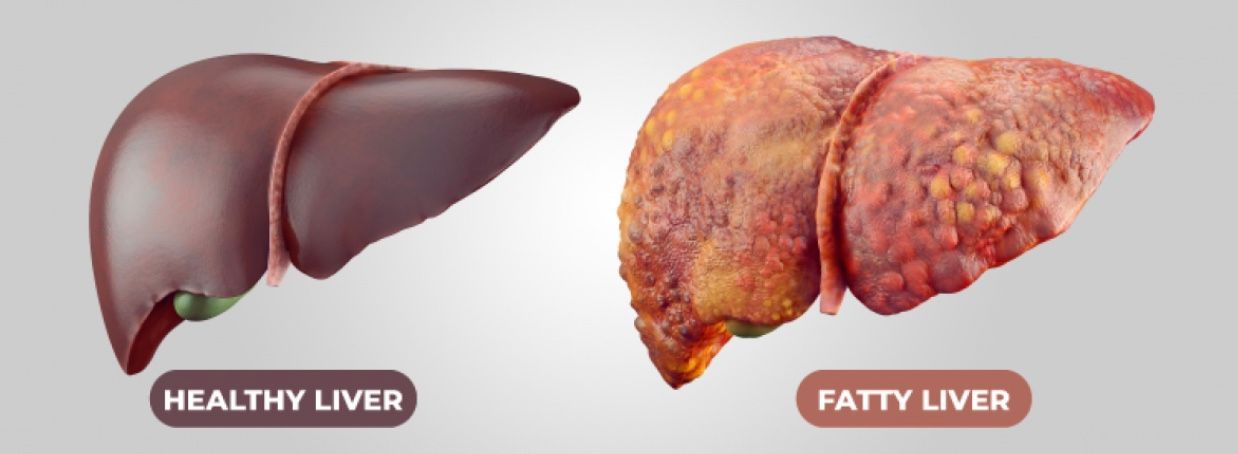Plantar Fasciitis FAQs
The stabbing pain of plantar fasciitis can keep you from enjoying life, whether you just want to walk across your bedroom or cross the finish line at a race. Siatta B. Dunbar, DO, CAQSM, in Burnsville, Minnesota, can help you feel better and get back to enjoying your life to the fullest. Book an appointment by giving us a call today.
What is plantar fasciitis?
Plantar fasciitis is reasonably one of the most common causes of heel pain. The plantar fascia is the long band of tissue that runs the length of your foot and connects your heel bone to your toes. When healthy, the plantar fascia acts like a car’s shock absorber, supporting your foot’s arch when you walk.
When you suffer from plantar fasciitis, your plantar fascia swells and becomes inflamed as a result of a cycle of tension and stress that causes small tears in the tissue. The stabbing pain usually occurs while taking your first steps out of bed, and may subside and come back later in the day after long periods of standing. Although anyone can get plantar fasciitis, it occurs more often in runners and people between the ages of 40 and 60.
What causes plantar fasciitis?
Although the actual mechanics of how plantar fasciitis happens is known, why some people get it while others don’t isn’t clear. There are a number of risk factors that seem to make some people more prone to plantar fasciitis, such as:
Being overweight Having high arches or flat feet Wearing worn out shoes that don’t fit well Working in occupations where you are on your feet a lot Having tight calf muscles or tight Achilles tendons Engaging in plantar fascia-stressing activities (long-distance running, ballet, aerobics)
How is plantar fasciitis treated?
Dr. Dunbar practices sports medicine with a gentle, non-surgical approach to restore health and keep you healthy, active, and enjoying your sport of choice. For plantar fasciitis, she may recommend a variety of conservative treatments, including:
Resting Icing your foot Stretching exercises or physical therapy Buying a new pair of shoes with good arch support or shoe inserts Taking pain relievers and anti-inflammatory medications
If you don’t get relief from these conservative treatments, Dr. Dunbar recommends considering autologous cell-based therapies. Schedule an appointment with Dr. Dunbar to fully understand all your options to help treat pain related to plantar fasciitis.
* Individual results may vary
Author Dr. Siatta Dunbar
The post Plantar Fasciitis FAQs appeared first on Saravit Wellness.












